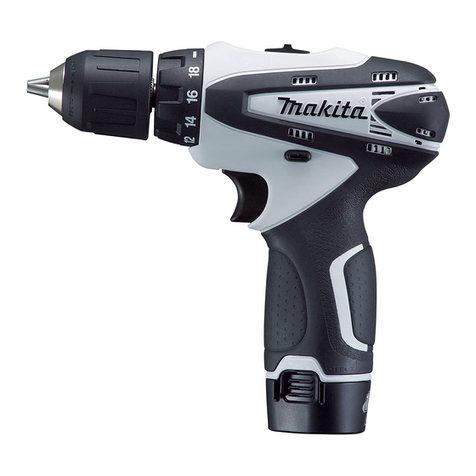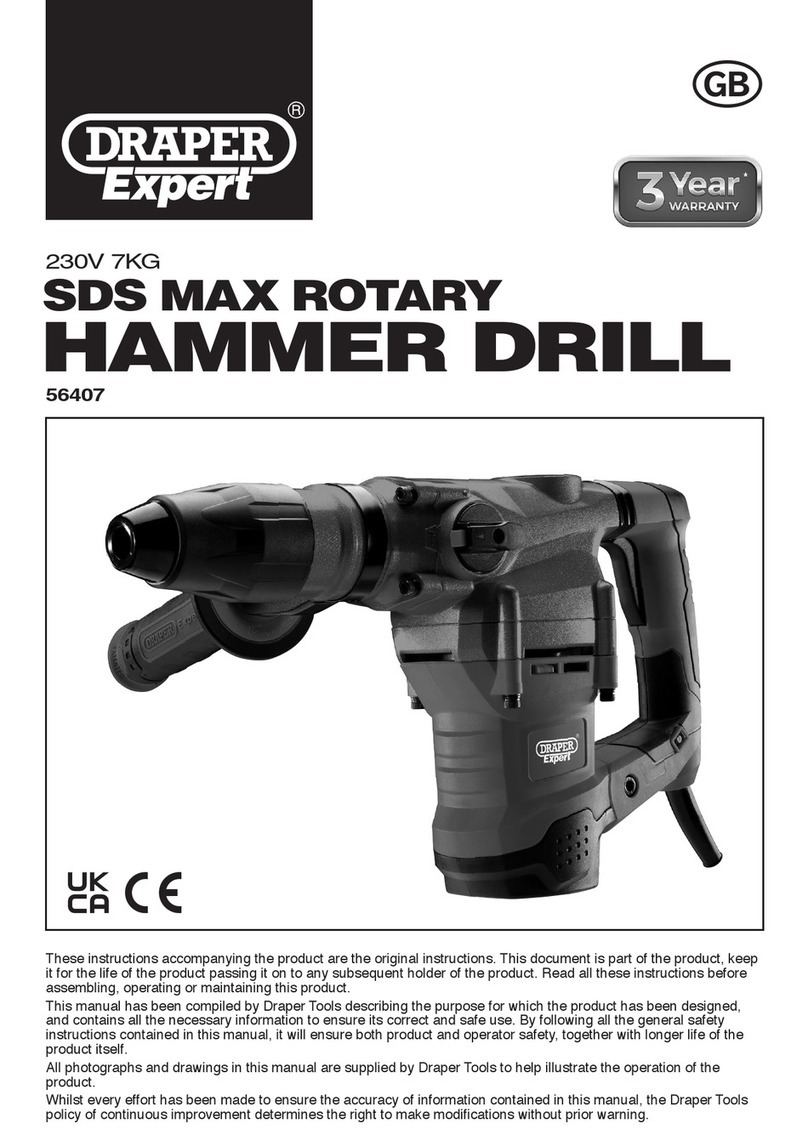Makita DDF481 Manual
Other Makita Drill manuals
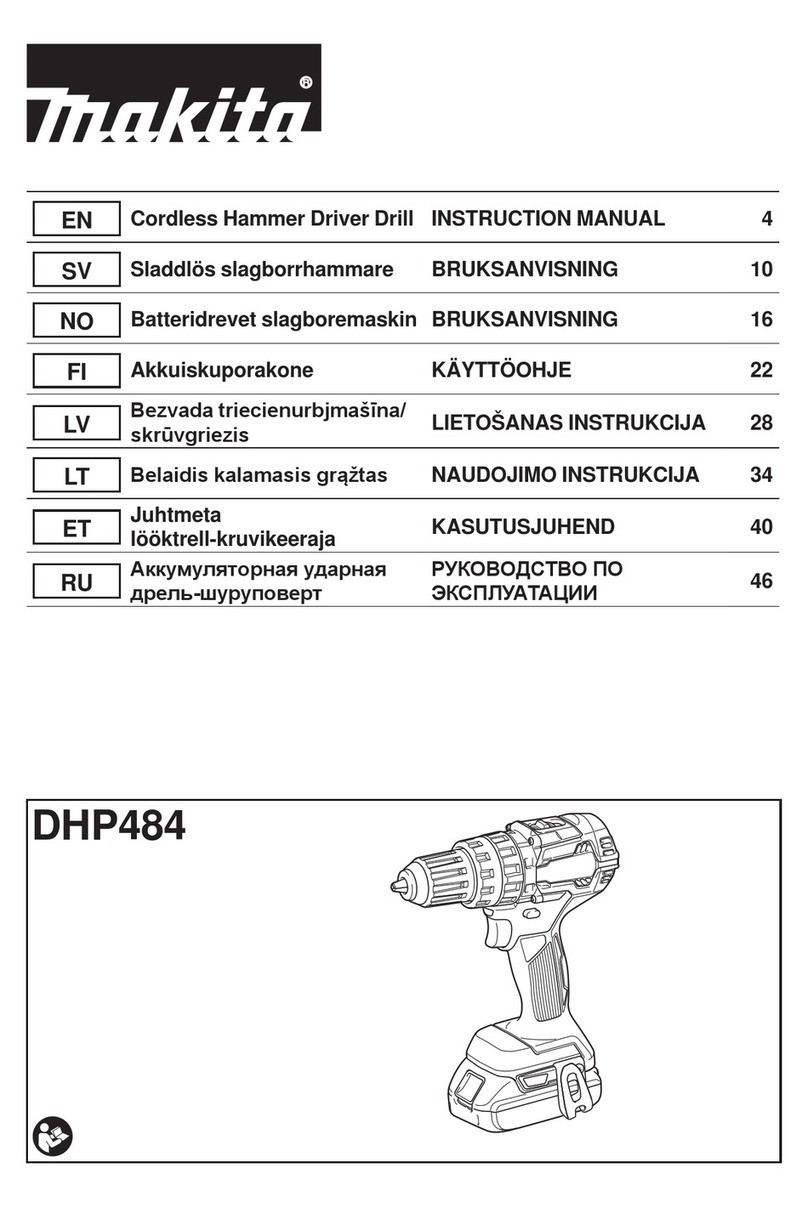
Makita
Makita DHP484 User manual

Makita
Makita DDF481RTJ User manual

Makita
Makita DHP459RMJ User manual

Makita
Makita DF010D User manual

Makita
Makita 6407 User manual

Makita
Makita 6096D User manual
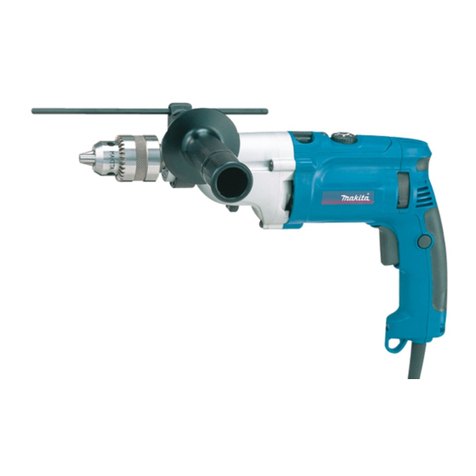
Makita
Makita HP2070 User manual

Makita
Makita 6343DWA User manual
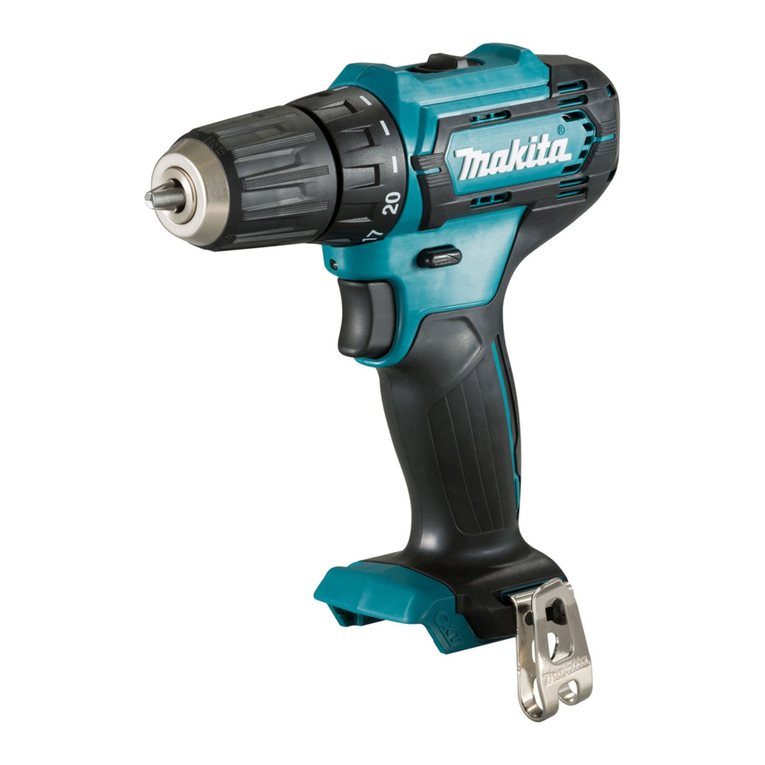
Makita
Makita DF333D User manual

Makita
Makita DF333D User manual
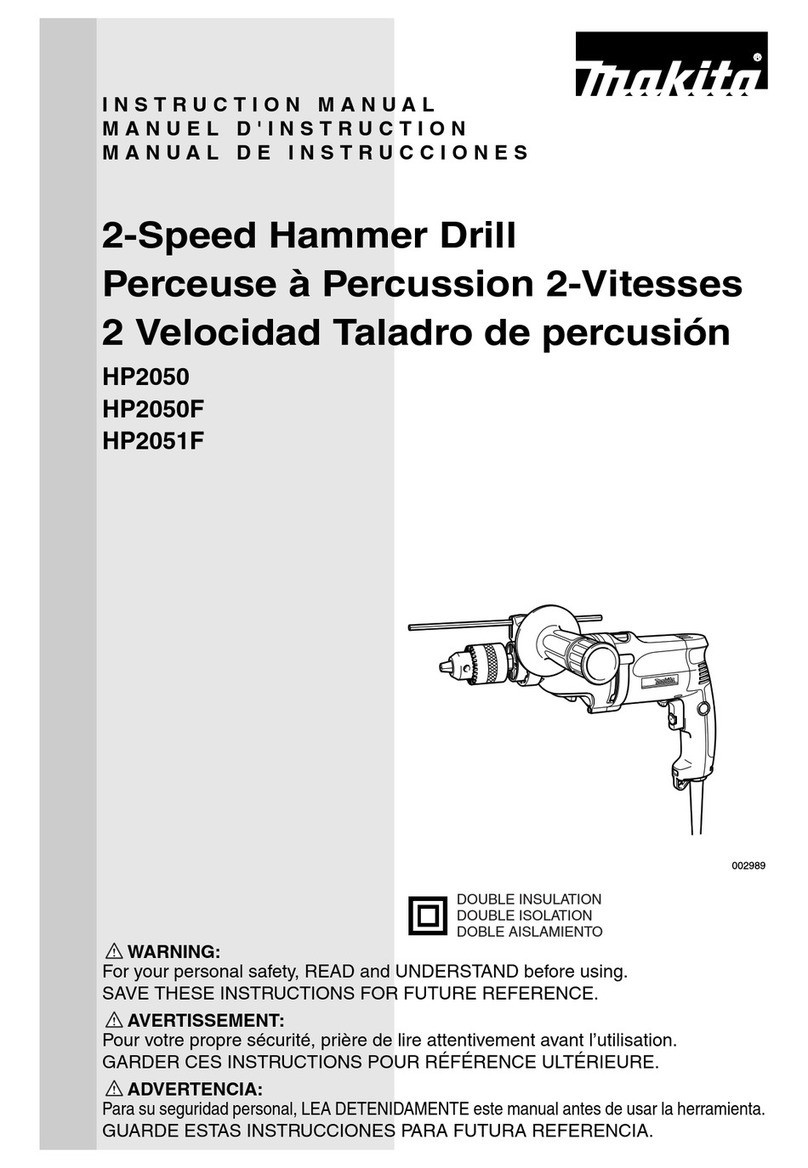
Makita
Makita HP2050 User manual
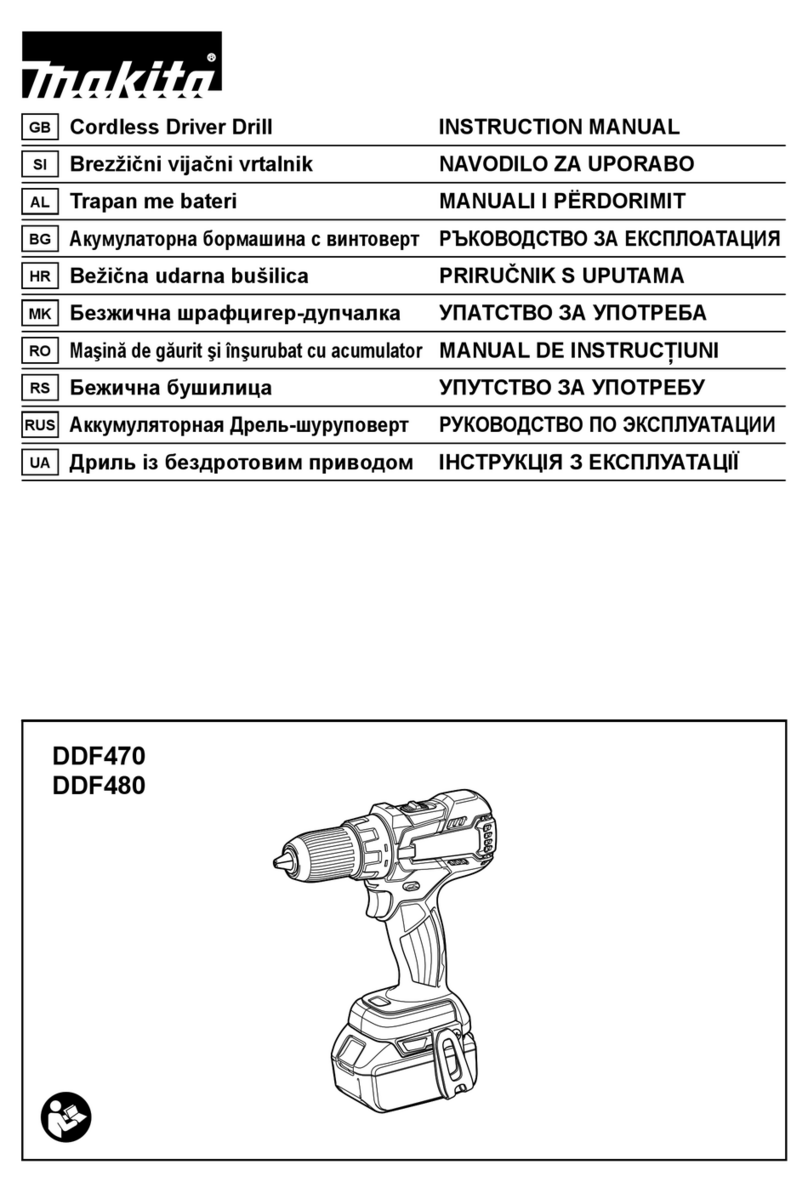
Makita
Makita DDF470 User manual
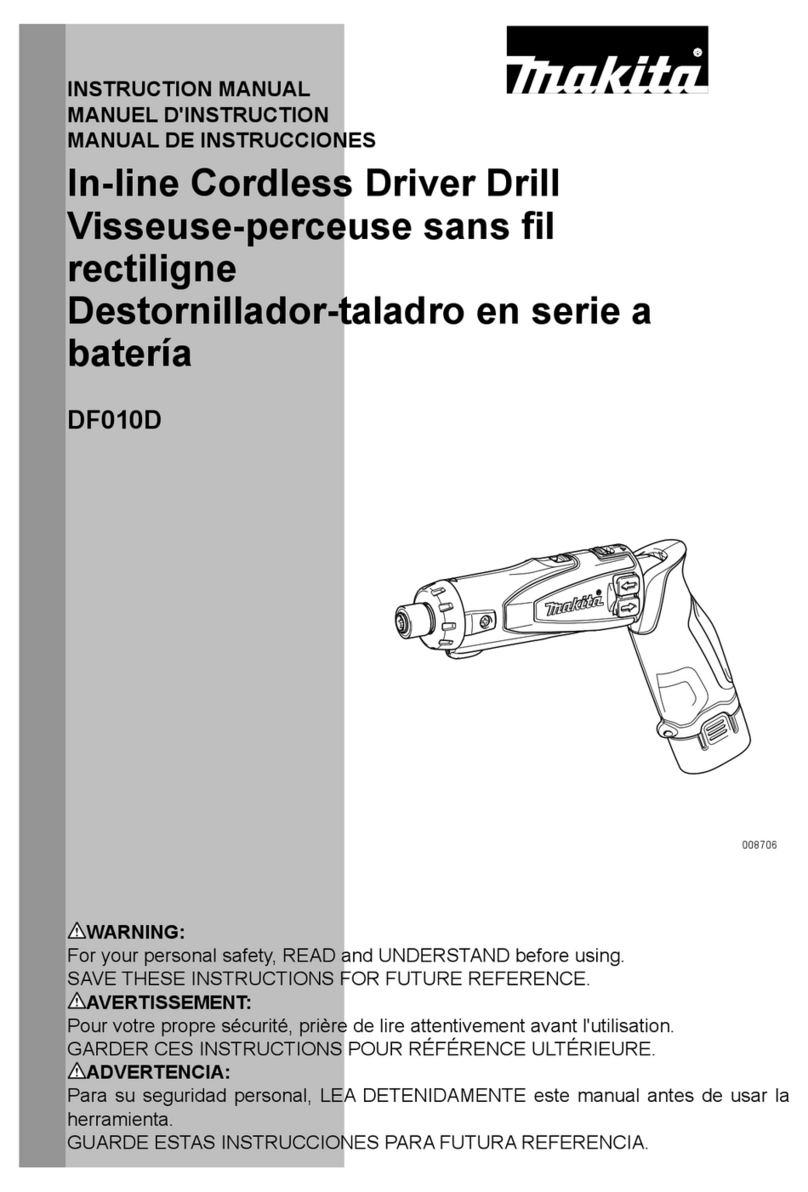
Makita
Makita DF010D User manual
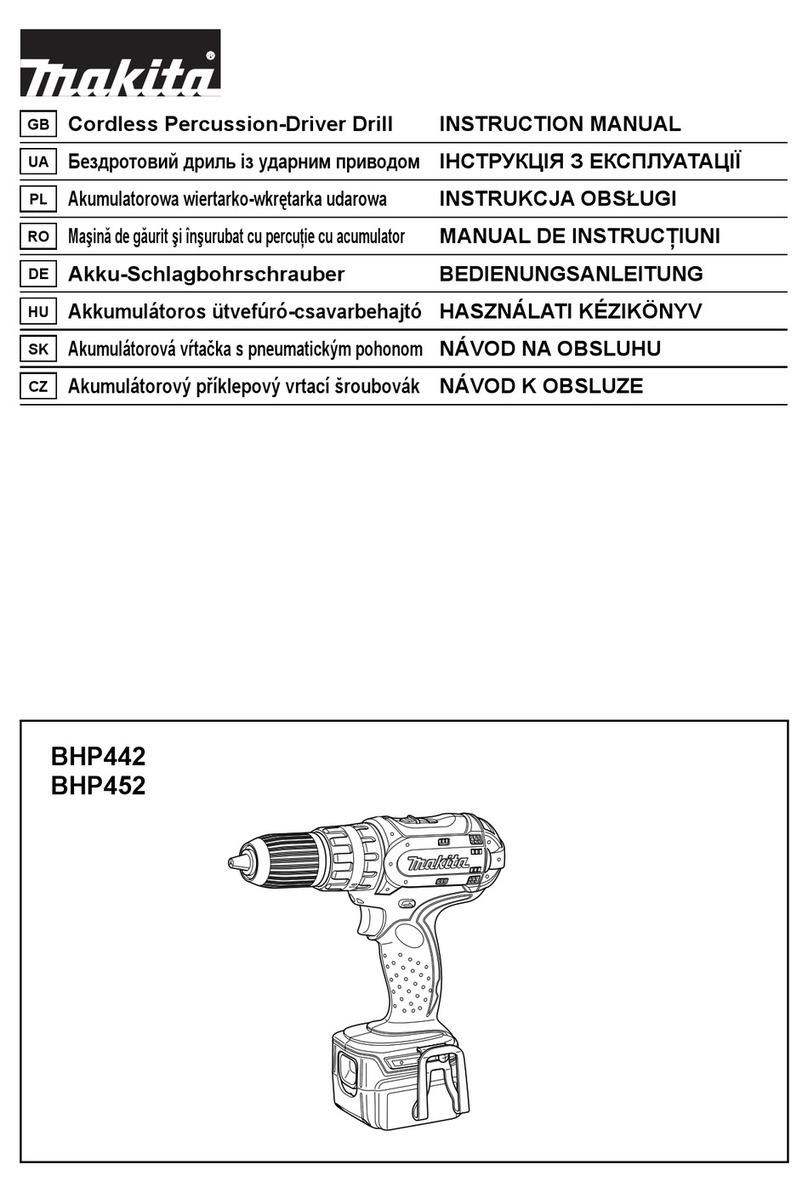
Makita
Makita BHP442 User manual

Makita
Makita 6400D User manual

Makita
Makita MODEL HP1501 User manual
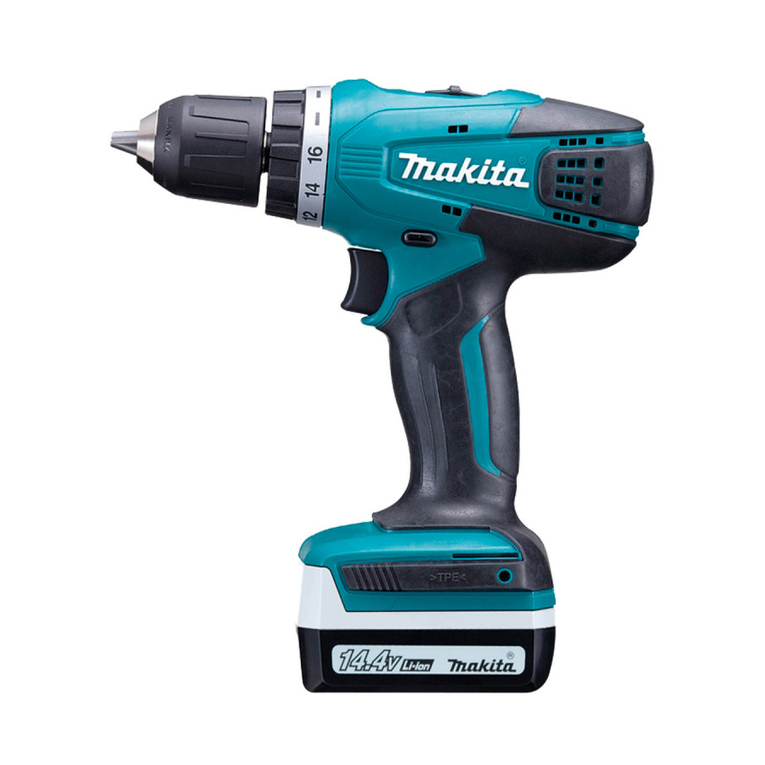
Makita
Makita HP347D User manual
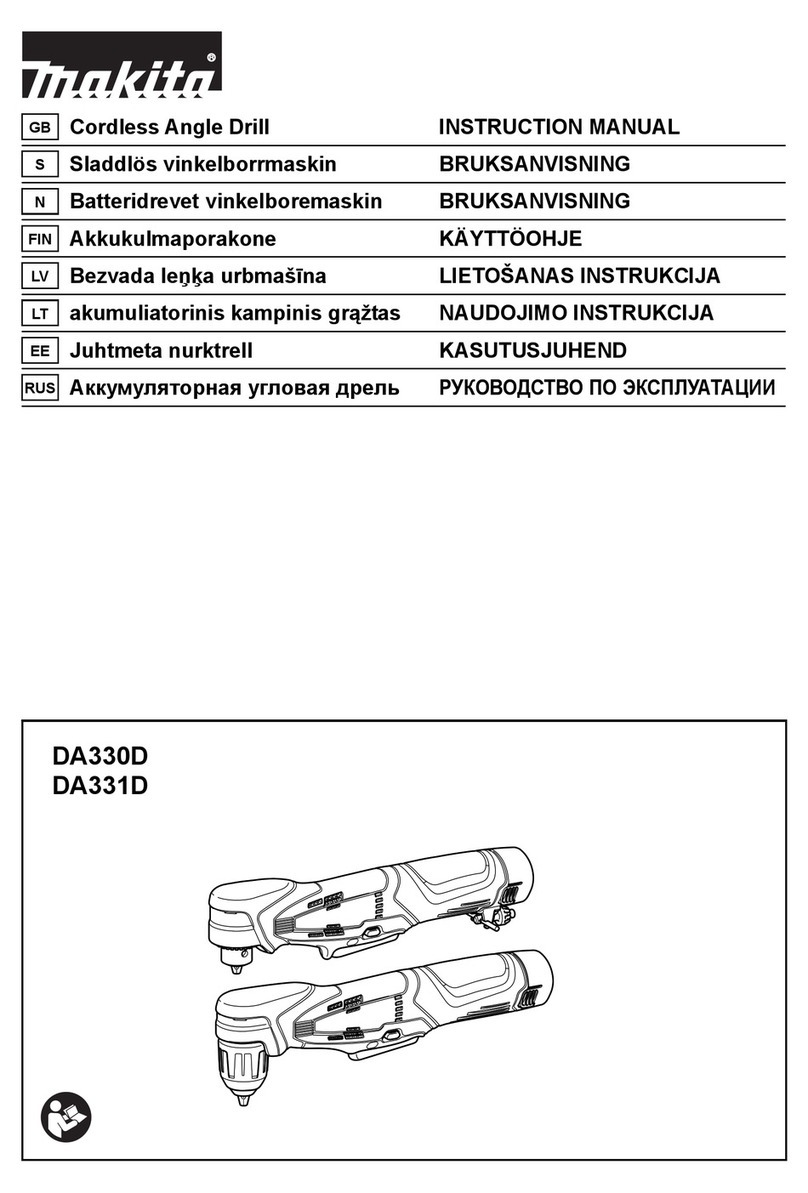
Makita
Makita DA330D Manual
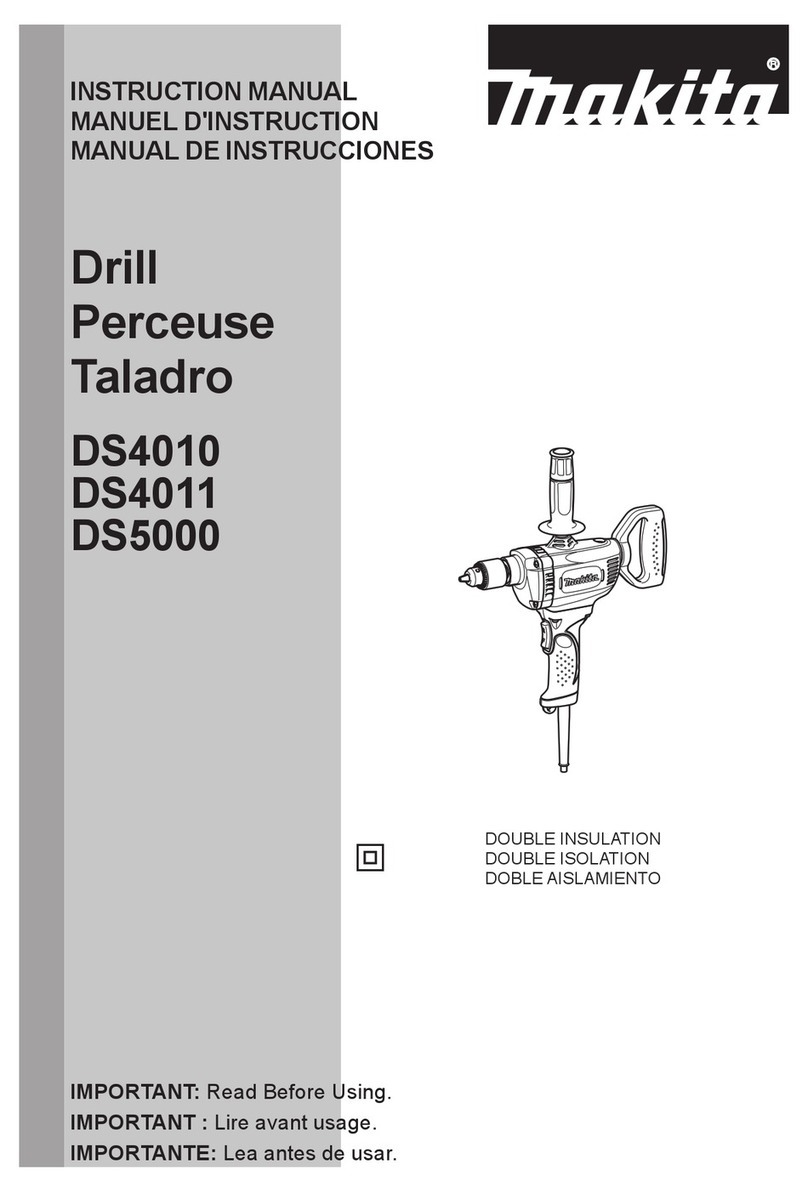
Makita
Makita DS4010 User manual
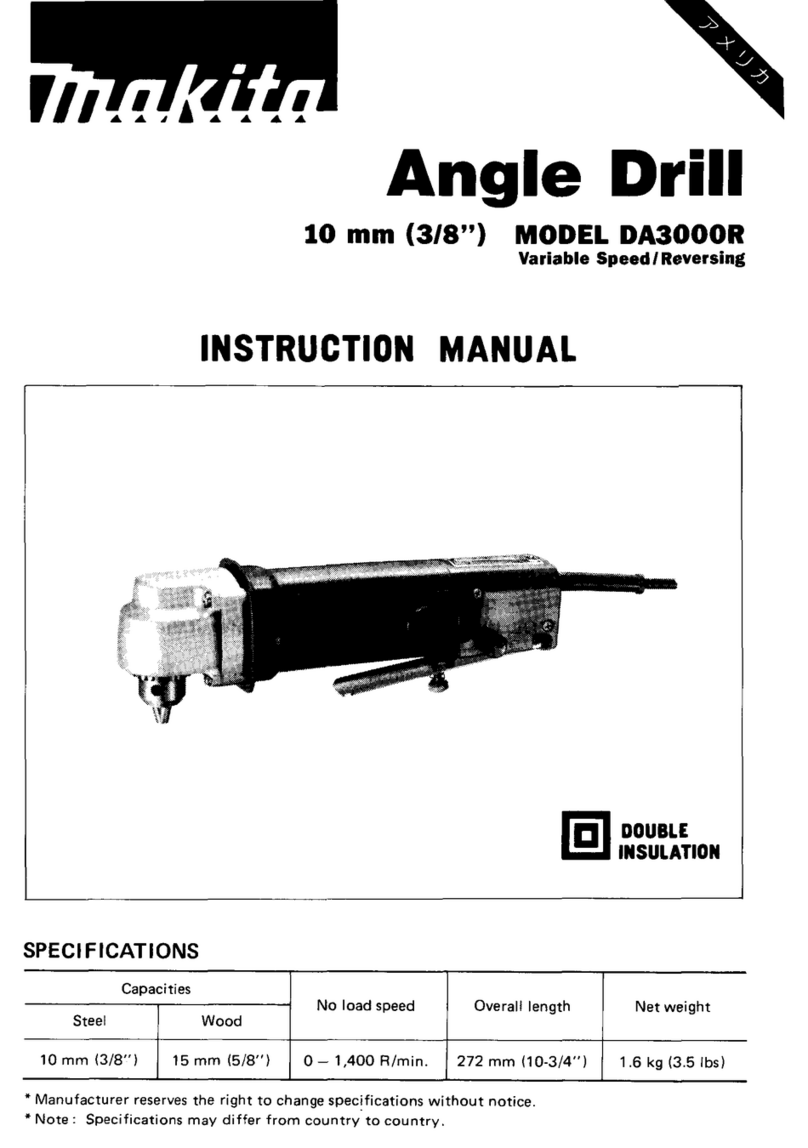
Makita
Makita DA3000R User manual
Popular Drill manuals by other brands

Panasonic
Panasonic EY7460 - DRILL DRIVER 21.6V operating instructions

Mueller
Mueller E-5 operating instructions

Bosch
Bosch GSB Professional 18-2 RE Original instructions

Clarke
Clarke CON18LI Operation & maintenance instructions

Stanley
Stanley SCH20 user manual

Black & Decker
Black & Decker LDX220 instruction manual
